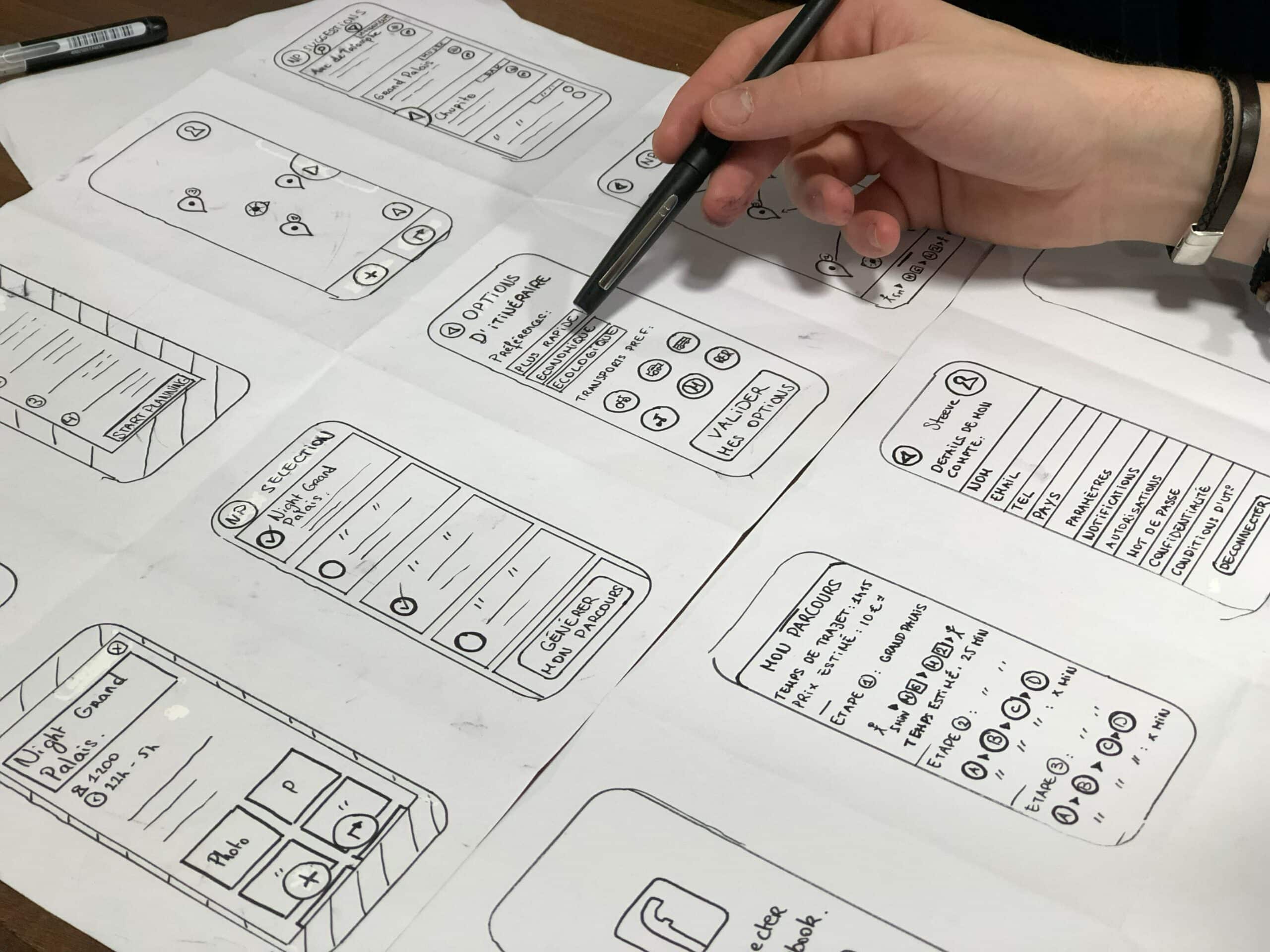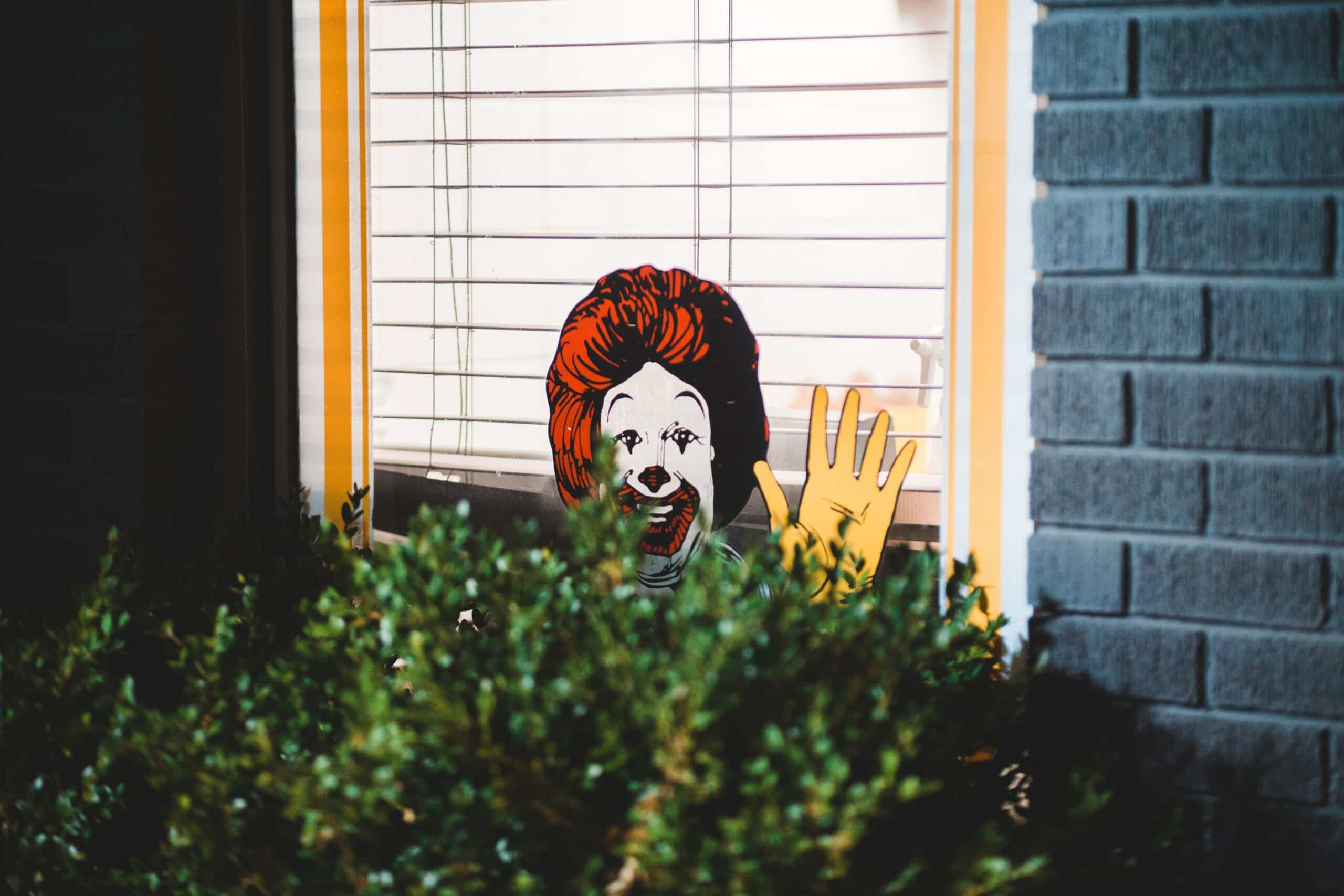You’ve got a million-dollar idea. It’s the app that everyone needs and it’s going to go viral, ASAP. Well, hold on to your wallets, folks, because designing an app can be like a rollercoaster ride when it comes to costs. The price tag depends on all sorts of things, like how complex the app is, who you have on your development team, and which platform it’ll be launched on. Let’s explore that, shall we?
Swipe-worthy designs
For starters, basic apps with simple features won’t break the bank and can range anywhere from $10,000 to $50,000. But, if you’re looking to create a mobile game with all the bells and whistles, be prepared to fork over anywhere from $100,000 to a whopping $500,000 or more!

And just when you thought the ride was over, here’s a twist — location matters too. If you have your development team stationed in a country with lower labor costs, then the cost might be lower, but if you’re in the U.S. or Western Europe, be ready for a higher price tag.
But wait, there’s more! App development is not a one-time expense, so don’t forget to factor in the ongoing costs for maintenance, updates, and marketing to ensure your app’s success.
Last but not least, there are different approaches to app development, like native, cross-platform, and no-code platforms. Each option has its own costs and trade-offs, so pick wisely.
The app-solute essentials
For a basic roadmap, consider the following. Design these days typically involves several steps, including:
- Ideation and research: This is the initial phase where you come up with an idea for an app and conduct research to validate its potential.
- Wireframing and prototyping: During this phase, you create a rough layout of the app and a prototype that demonstrates its basic functionality.
- User interface (UI) and user experience (UX) design: This is where the app’s visual design and user flow are created and refined.
- Development: Once the design is finalized, the app is coded and developed by a team of programmers.
- Testing: Before the app is released, it is thoroughly tested for bugs and usability.
- Release: The app is released to the public and made available for download on app stores.
- Maintenance and updates: After the app is released, it will need ongoing maintenance and updates to fix bugs and add new features.
Sound like a lot? It probably is, but knowledge is power. Note that these steps are not always linear and may overlap in certain situations. It also depends on the app, team size, and budget. With the right approach, you can create the app of your dreams — but it’s easier said than done!









